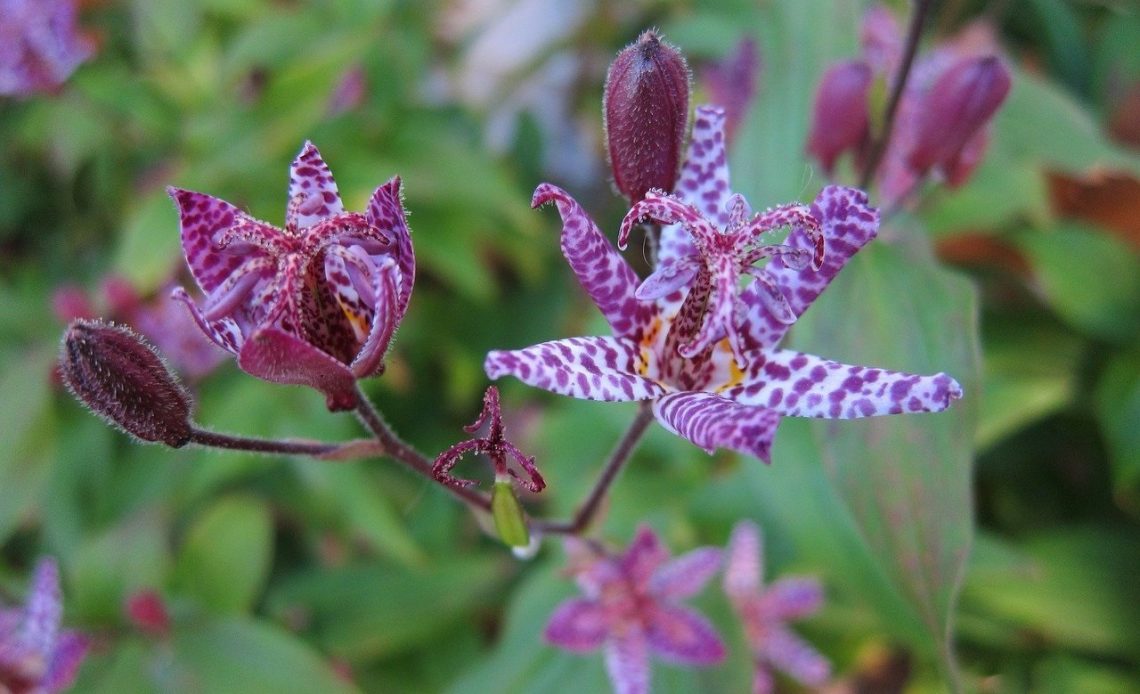

We’re here to help! Wild Yards is a completely free website that is 100% dedicated to helping you create a wildlife-friendly, sustainable yard. Read more
WildYards is reader-supported. When you buy a product through a link on our site, we may earn a comission. Every product is independently selected by our (obsessive) editors and our reviews are unbiased and objective. Read more about our mission or our privacy policy.
Hummingbirds are wonderful little critters that will – providing you have a vibrant array of flowers – love flocking to your backyard. But what if your backyard is mostly shaded? Are there any shade plants that are likely to attract hummingbirds during the warmer months?
From fuchsias to lilies, there are plenty of shade plants that attract hummingbirds. Just because your backyard isn’t out in the open sun, doesn’t mean you have to sacrifice seeing some beautiful birds flittering to and fro!
It’s easier to attract hummingbirds to your backyard than you might think. Without further ado, let’s take a look at some shade plants hummingbirds love – and that we’re sure you’ll enjoy cultivating, too.
Which flowers attract hummingbirds best?
Hummingbirds absolutely love nectar. They are voracious feeders, and spend much of their lives looking for their next meal! Therefore, providing your shade plants are rich in golden nectar, there’s always a chance you’ll say hello to a hummingbird or two over the season.
Hummingbirds tend to prefer tubular-shaped flowers that they can easily feed from – and which can hold plenty of delicious nectar.
In fact, whether shaded, potted, or out in the open sun, providing your plants are producing nectar – and are the right shape – local hummingbirds will be willing visitors.
Which shade plants are best at attracting hummingbirds?
We’ve rounded up our favorite hummingbird-friendly shade plants below for you to consider cultivating in your backyard.
However, do remember to try and plant native blooms – local hummingbirds are always likely to prefer local specimens! What’s more, the following plants will thrive in specific hardiness zones. Gardenia offers more information on hardiness zones state by state.
Handily, most of our favorite shade plants for hummingbirds are very easy to grow and look after, too. Here are some picks to start looking out for.
8 Shade Plants That Hummingbirds Love
Red Lobelias / Red Cardinals
The Lobelia cardinalis is a humble hummingbird favorite, known for its tall, spiky, striking appearance. Plant red cardinals in your backyard and you’ll not only have a prime hummingbird attractor, but also a vibrant, eye-catching display of blooms.
Hummingbirds adore red cardinals as they are absolutely bursting with nectar. What’s more, their relationship is completely mutual! They have extremely long tubes, which means it is only typically pollinating with the hummingbird in mind.
Red cardinals will persist late in the blooming calendar, and tend to grow best in zones 3, 4, 5, 6, 7, 8 and 9.
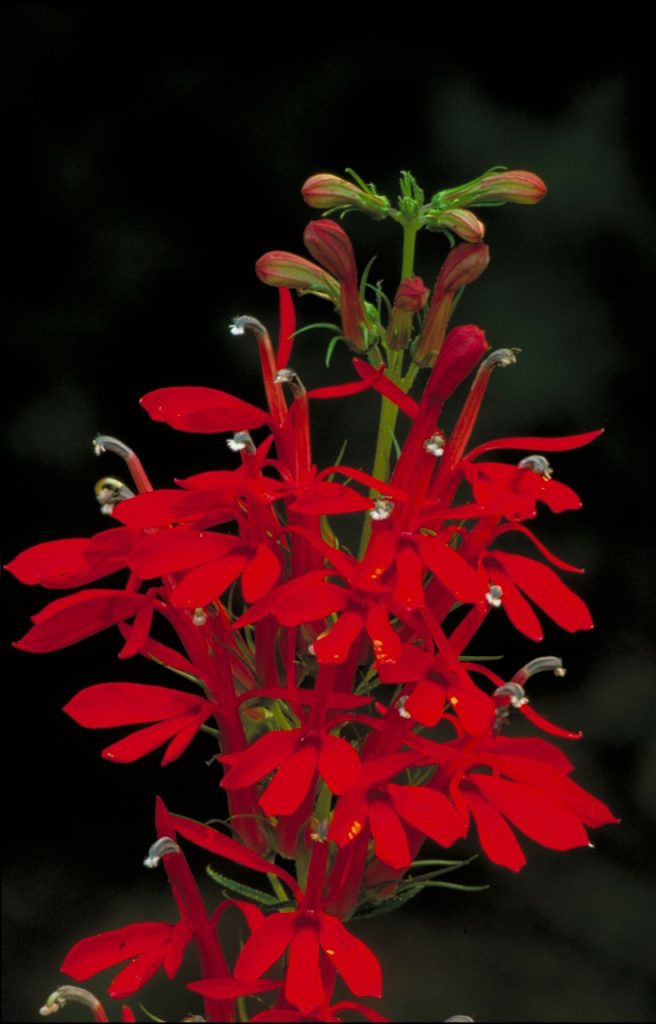
Foxgloves
The Digitalis is toxic to humans, but a delight to your average hummingbird. The foxglove tends to prosper well in half-sun, half-shade, meaning you should ideally keep these blooms towards the edge of your planting area.
Foxgloves are eye-poppingly bright and impressively spiky, with hummingbird-friendly tubes that, again, often rely on this species of bird to help propagate. Even better news for gardeners is the fact that foxgloves tend to vary in terms of zone suitability. Check with your local store before you plant.
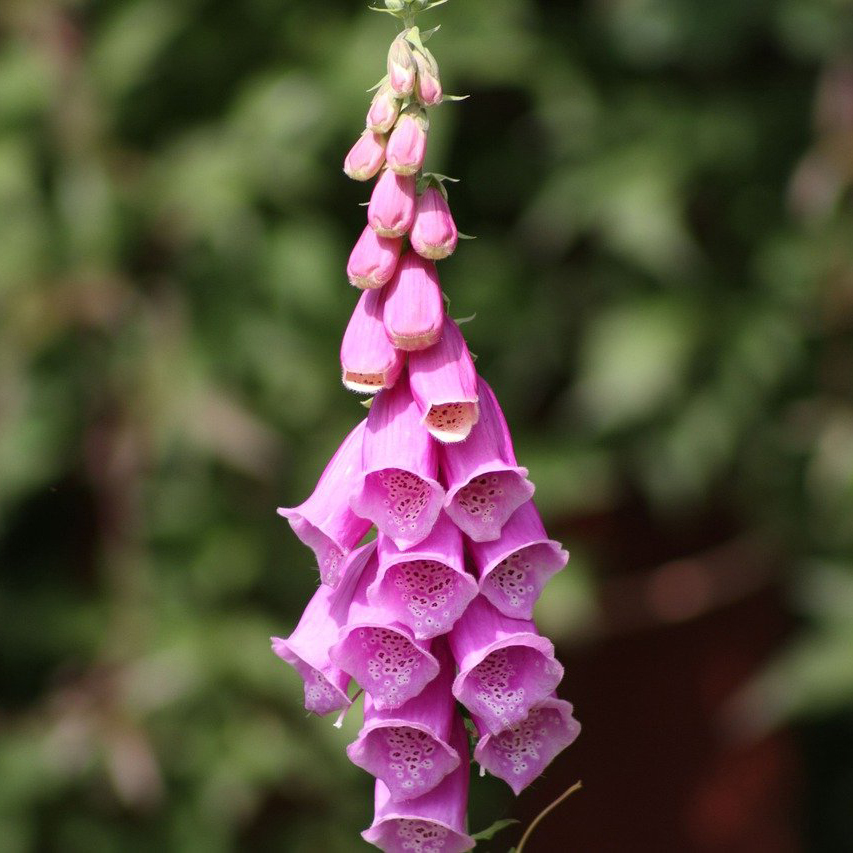
Columbia Lilies
You’ll normally find outrageously orange Columbia lilies growing in zones 5, 6, 7, 8 and 9. They are very popular nectar harvesters for a variety of birds – the hummingbird, naturally, being more than happy to investigate the curves. In fact, hummingbirds tend to flock towards lilies as a rule – and the Columbia variety is among the most striking.
These lilies can be immensely tall at full height – and they’ll stick with you all season through careful feeding and watering. You shouldn’t have any difficulty welcoming hummingbirds back with a Columbia lily.
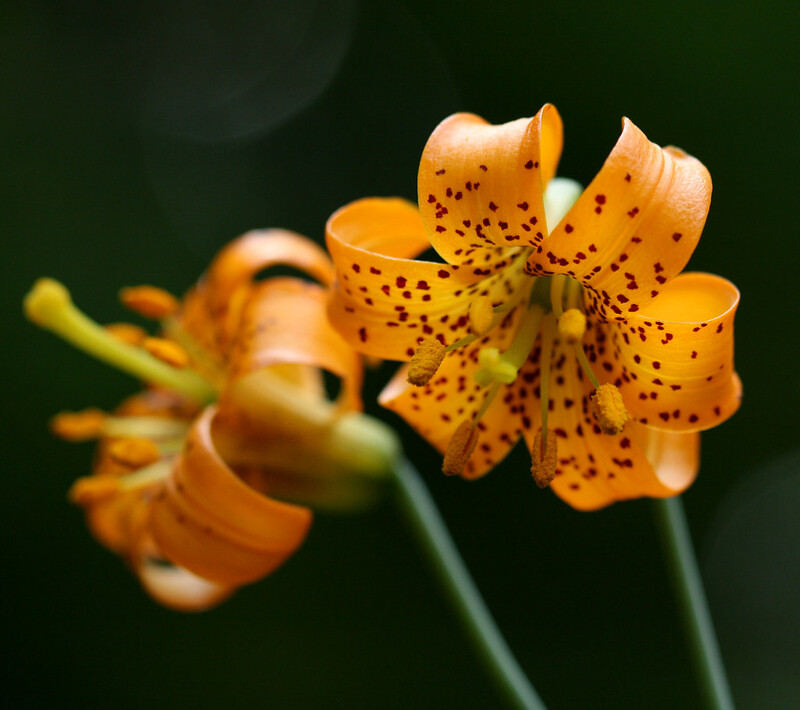
Fuchsias
Fuchsias are absolutely rife, prosper well in the shade, and offer an incredible array of species and colors. Did you know that there are thought to be well over a hundred different types of fuchsia? That’s more than plenty to fill your flowerbed with. However, do check hardiness zones, as some are more fickle than others.
Hummingbirds generally love fuchsias for their aesthetic as much as they do their sheer convenience. As you’d expect from the perfect hummingbird attractor, these shaded plants are bright on the palette and tubular in shape. Unlike foxgloves, however, they don’t like too much light.
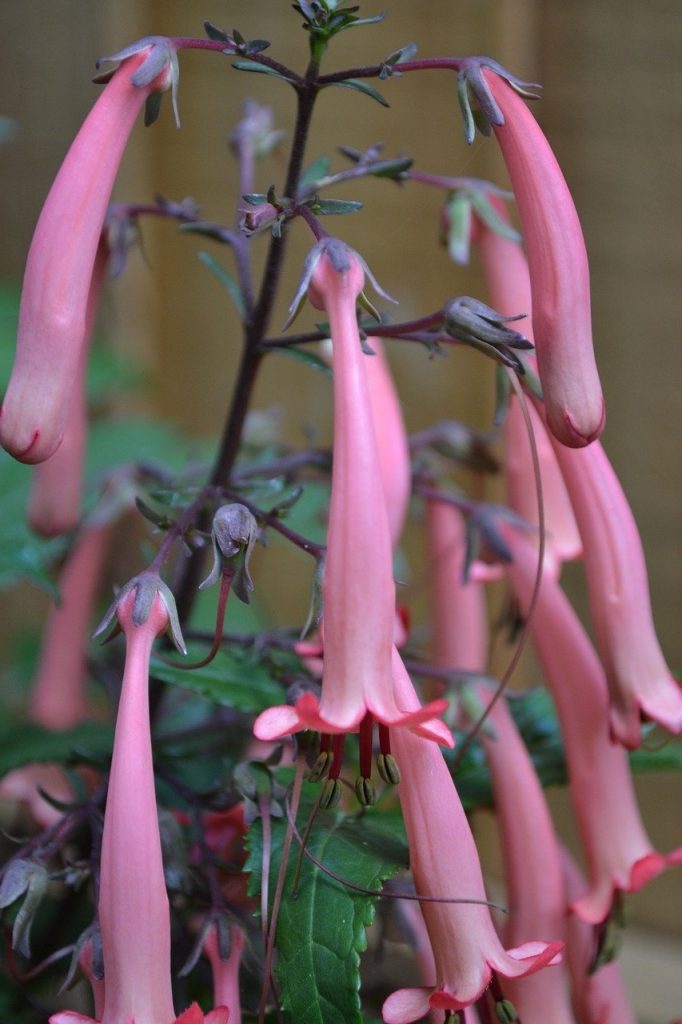
Turtleheads
Turtleheads are named for their curious look, and if you’re in the lower end of the zone scale (3 through 9 ideally), you can expect to propagate an array of pink and white blooms across the flowering season. In fact, turtleheads will plant and prosper well alongside red cardinals towards the end of the sunny period.
Turtleheads are prime pollinator zones, with hummingbirds being just some of the common denizens of this spiky plant. If you’re looking for hot, wild colors as well as hummingbirds in your backyard, this is a safe choice.
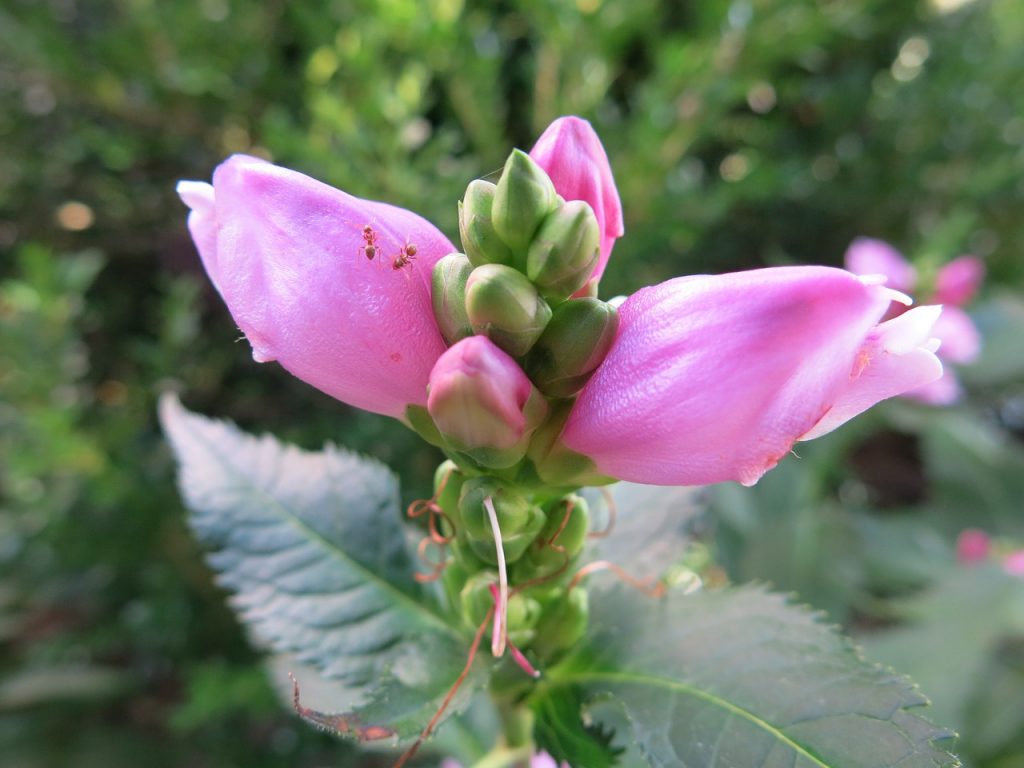
Toad Lilies
The toad lily is a little different to most of the shade plants we’ve looked at so far, in that it tends to flower and prosper best outside of the sunnier seasons. Therefore, once red cardinals and foxgloves have given way for the year, you can rely on these beautifully spotted wonders to keep hummingbirds coming back ahead of migration.
We love toad lilies mainly for the simple fact that they look as if they’ve come from another world – they are truly dazzling. Isn’t nature bizarre – and beautiful?
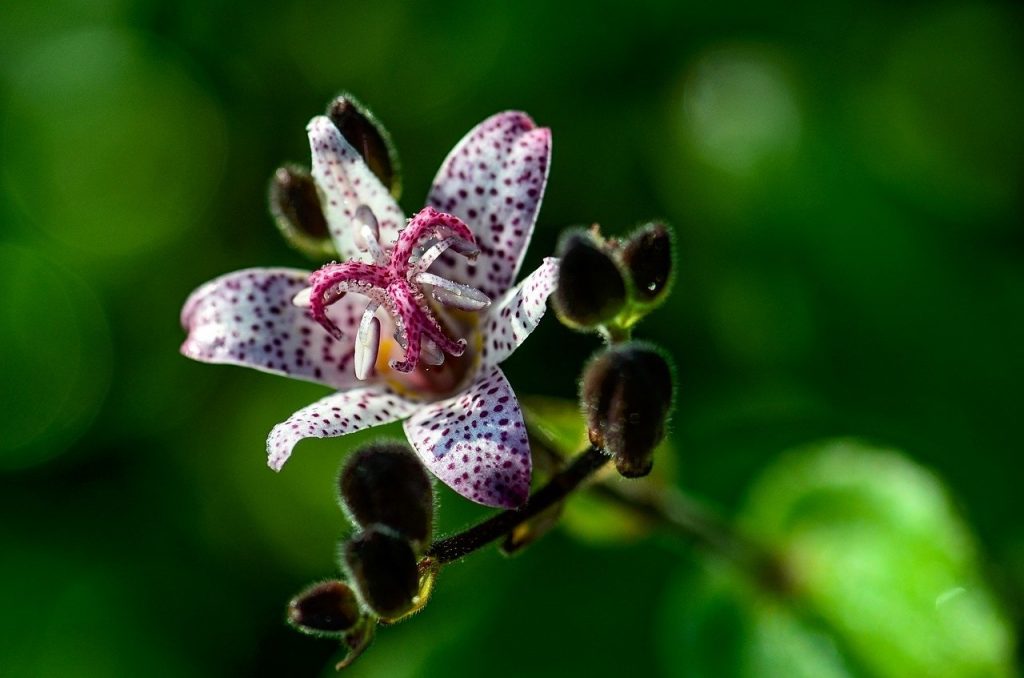
Ginger Lilies
Like toad lilies, this species tends to prosper well when fall comes around, but they in fact give any backyard a lovely coverage during the warmer months, too. Hummingbirds adore the ginger lily for its striking colors (largely in orange, pinkish and yellow), but mainly for its heady scent – and yes, again, ginger lilies carry that all-important convenient, nectar-filled opening that hummingbirds love.
A point to consider carefully with ginger lilies is zoning – they won’t be very hardy in the lower zones, but zones 8, 9, 10 and 11 will normally provide a moist, attractive growing plateau for these blooms.
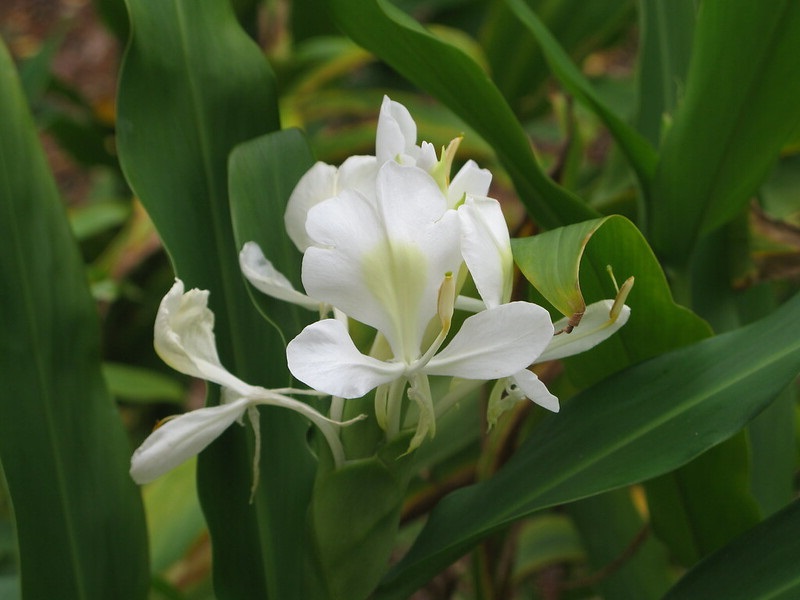
Columbines
Columbines, otherwise known as Aquilegia canadensis, tend to be firm favorites with gardeners thanks to the fact that they’re wonderfully adaptable in and out of the shade. If your backyard falls in zones 3, 4, 5, 6, 7 or 8, you can easily prepare columbines to grow in the earlier gardening months, even as soon as spring has sprung.
Columbines arrive in a wide palette of colors and styles, too, and they are especially popular in helping ‘welcome back’ hummingbirds after a long migration. These plants are impressively hardy, on the whole – even when water is on the scarce side.
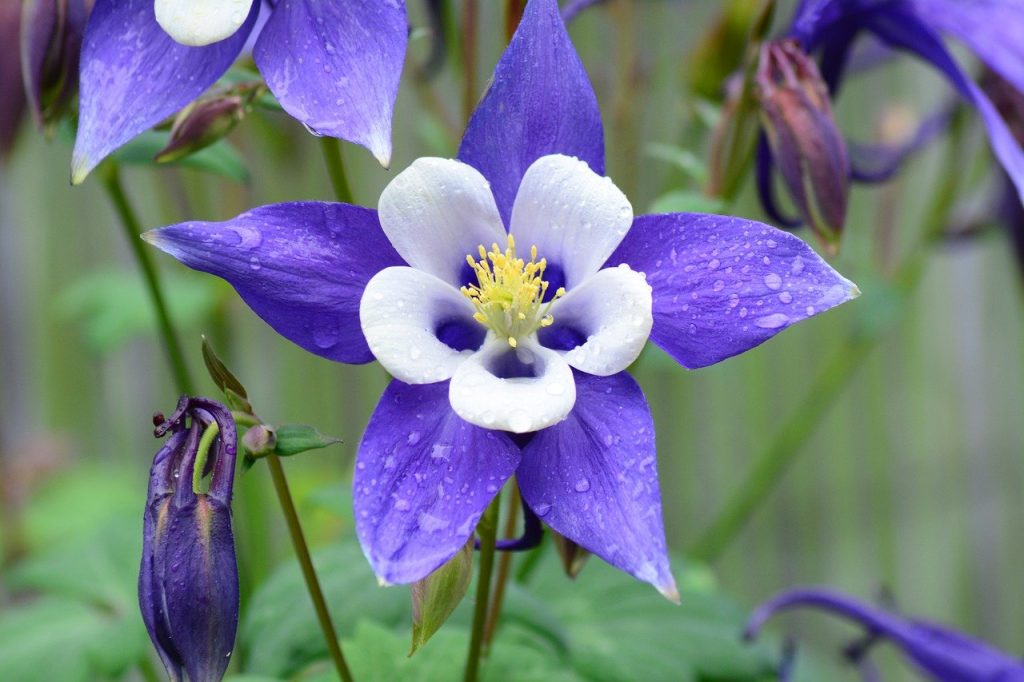
Looking to welcome hummingbirds into your yard?
Shade plants are not the only blooms and shrubs that will attract and welcome hummingbirds into your backyard. In fact, there is a misconception that you will only ever be able to attract hummingbirds if your flowers are blooming out in the open.
Don’t forget, there are also plenty of potted flowers that attract hummingbirds – you are only ever limited by your imagination (as well as your own taste palette!).
Many shade plants that attract hummingbirds will prosper across the sunny seasons, and won’t need much intensive care or cultivation. Why not consider planting some of our favorites from this list and see how many hummingbirds you welcome this year?
